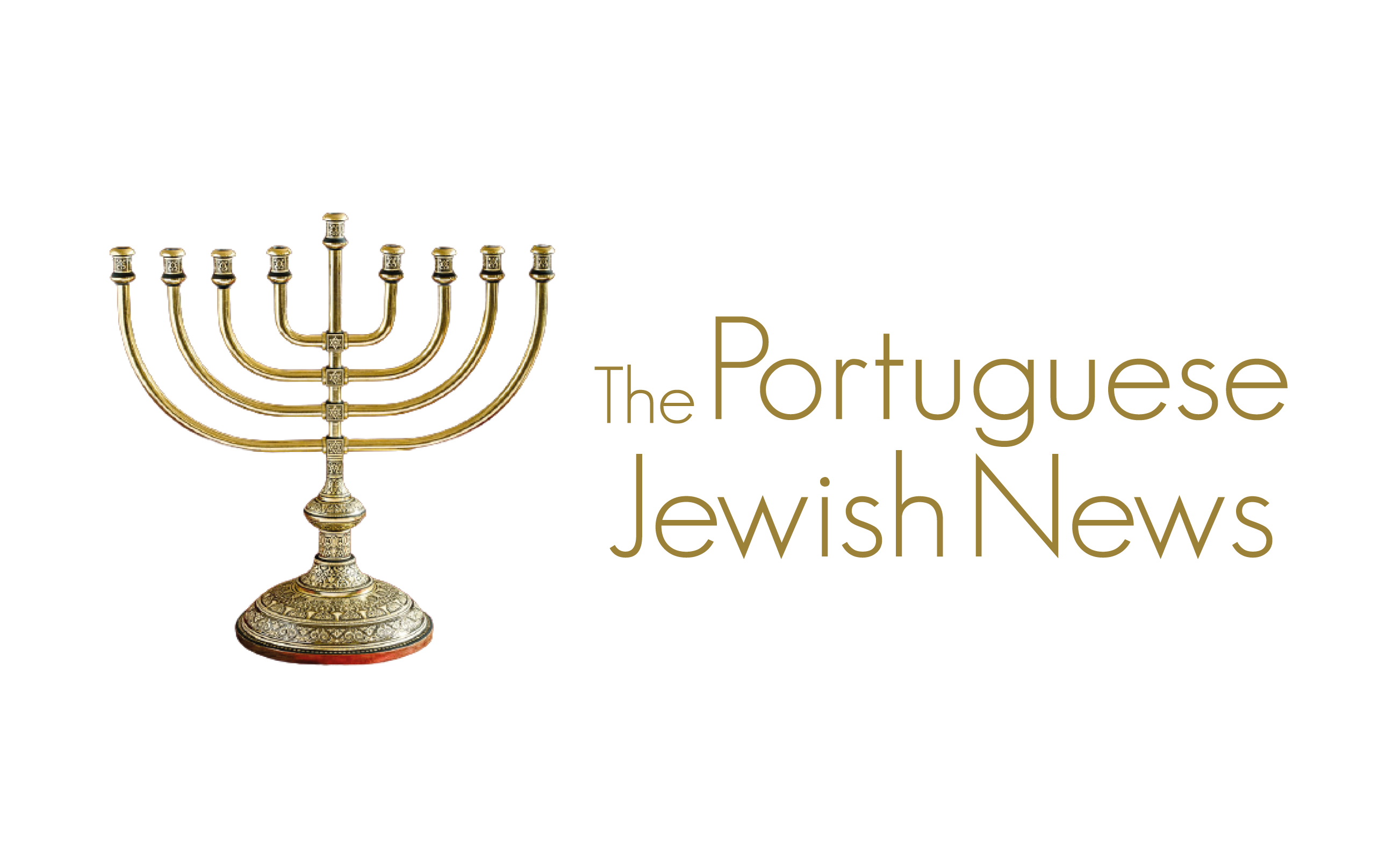The opening of the Holocaust Museum in Amsterdam became already a part of the past, modern history. For society in general the commemorations are on hold again till next national public event.
But local memorials continue. Every so often the Jews of a certain town get their own monument. It is like gravestone without a grave. We say the Kaddish prayer, and we feel the obligation to keep two minutes of silence as an honor to the victims. The reading out names of all those who did not survive is confrontational and warns. Such a ceremony is for the past and at the same time an investment for today and for the future. We may consider it an education project to prevent recurrence.
Although I am unfortunately convinced that anti-Semitism is ineradicable, we must continue to combat it. Education and training are the most important weapons in this regard. Education cannot be only in school, because the school cannot really achieve anything if the home front has different views and if in the social media Israel is constantly portrayed as a rogue state.
The education program must show that Auschwitz could exist because the world watched and allowed it to happen. But Auschwitz is far away and therefore running the risk of degenerating into the history of the past that no longer has a message for the present and the future. And so, the question arises: how do we go about it? The stories of the survivors are of vital importance, but most of the survivors are no longer among us and so it is up to Westerbork, Vugt and Camp Amersfoort, the Dutch concentration camps, to keep the memory of death alive.
I wholeheartedly applaud an initiative from one of our members of Parliament for a public and visible recognition of the heroic deeds of Jan Zwartendijk, honorary consul of the Netherlands in Lithuania. This quite unknown honorary consul managed to save in the summer of 1940 thousands of Jews by providing them with the so-called Curaçao visas that allowed them to flee Lithuania, after the Japanese consul Sugihare issued them the needed transit visas.
After the war, Sugihare ended up in prison and Zwartendijk was reprimanded for violating the consular guidelines of the Ministry of Foreign Affairs. Their hero behavior was kept secret. But today, by naming and showing these kinds of heroic deeds you educate and at the same time you give hope to prevent, by showing that even in the most severe darkness there is still space for light…
Describe the gas chambers and the atrocities as visibly as possible, do not forget the horrible past. But at the same time commemorate the positive efforts, heroic deeds, tough and inviting give hope!
Doing good and refraining from evil form the basis of a healthy society. The gas chambers, the ultimate evil, must never be forgotten. But mentioning points of light in a pitch-black darkness is also of intense importance when it comes to education and teaching.
There are fellow Jews who prefer to hide their Jewish yarmulke, their Magen David, the mezuza at their doorpost, their Jewish identity, because they are scared.
But at the opening of the Holocaust Museum the Dutch King, the Prime Minister, the different ambassadors, and all participants, Jewish and non-Jewish wore a very visible yarmulke, showing we must not give in and conveying the message there is always hope.


